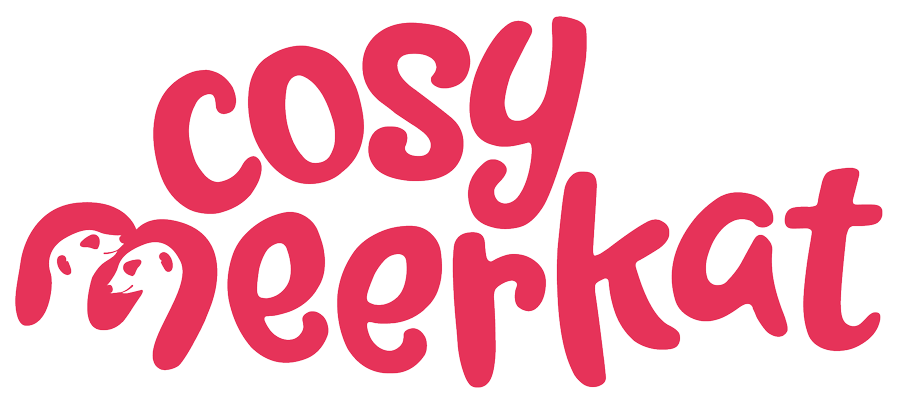Employee generated content: eight tips to make sure you get it right
Peer-to-peer communication and employee generated content; if you’ve not heard of them, they’re two trends in internal comms which are really growing in popularity. The first is basically a fancy way of saying ‘talking to your co-workers’ and the second is an idea that’s come from marketing, which is way ahead of internal comms when it comes to its use of social media. In this blog we’ll look at what they are, the benefits and risks of using them and we’ll give you some tips on how to make the best use of this type of communication.
What are peer-to-peer comms and employee generated content?
Back before the dawn of the internet (remember those times?), peer-to-peer comms just meant having a chat with someone at their desk, calling them on their landline or speaking up in a meeting. Then email arrived, then things like Slack and Teams and, all of a sudden, we could message each other from our desks, even if, sometimes, the person we wanted to talk to was only on the next pod. And now we have a type of peer-to-peer comms which allows employees to broadcast updates, videos and images to other employees using their preferred social media channels: employee generated content.
Employee generated content doesn’t just have to be published via social media. It really refers to any type of content created by employees and demonstrating their experiences, knowledge, insights, and perspectives, so it could, for example, be an article written for a newsletter. And it also doesn’t have to just be internal. In fact, your marketing team might already be using it as a way of promoting the company’s products to its consumer base or HR as a way of attracting new talent. It’s generally seen as far more engaging than brand-created content and tends to get a much better reach because it feels real. Authentic.
The benefits of using employee generated content
· Employee generated content is a great equaliser when it comes to how information flows within an organisation, breaking down barriers between departments and hierarchies.
· It sparks conversations and encourages interaction, increasing collaboration and understanding.
· When employees are allowed to create content, it demonstrates a commitment to transparency and openness and is therefore great for building trust.
· It makes employees feel empowered because, whatever their level, they have a voice and a way of showcasing their expertise.
· It helps create a culture of continuous learning as employees share their knowledge and experiences beyond their own department.
The risks with using employee generated content
· Convincing employees to jump in can be hard. They might be worried about how other employees will react to their content, particularly if they’re unfamiliar with their colleagues, say, for example, they work from home a lot. They might not feel comfortable using the technology or fear they could say the wrong thing.
· You don’t control the messaging so you might find information out there that’s inconsistent with your organisation’s values or even things that are harmful to its reputation.
· There are potential legal and compliance risks, particularly if information is shared on public social media channels, for example, if an employee inadvertently publishes something which contains confidential information.
· Without proper editing and quality control, employee generated content may not be great quality or might contain incorrect information.
Tips on best practice
If you’re just starting to use employee generated content, here are some tips on how to make sure you get it right.
1. Find your ambassadors. Like with all new initiatives, you need to find your employee ambassadors – people who are passionate, enthusiastic and, most likely, already quite skilled at generating their own content. Ideally, you want this to be as diverse a pool of people as possible, from different backgrounds and levels of seniority.
2. Create a network for your ambassadors. By giving your ambassadors a channel to communicate with each other you’ll foster a sense of community and increase collaboration and knowledge sharing.
3. Think about what kind of social media training your employees may – or may not – need. This is particularly important if you want to widen your pool of content creators and enable everyone to feel like they can contribute.
4. Provide clear guidelines. Make sure employees know what type of content is appropriate and how to share it. This both helps align their content with your values and protects your organisation and employees from any potential legal or reputational risks.
5. Monitor and moderate (if needed) employee generated content. This is particularly important if your employee generated content is external as you’ll want to be sure it’s both appropriate and that it won’t cause the company any legal or reputational headaches.
6. Create different channels for employees to send their content to. You could have channels for educational content, social events or even customer-related content. They just need to be useful and relevant to your particular place of work.
7. Encourage employees to share a mix of content formats, such as photos, videos and blog posts. This can help to keep the content fresh and engaging for followers.
8. Recognise and reward employees who create high-quality content. Rewards could include gift cards or an extra day’s holiday.
You can have a lot of fun with employee generated content. It really is a great way to spark creativity, bring energy into the workplace and make everyone feel like they’re part of one big team. And if you need some support on anything around this topic, we’d be very glad to help!
